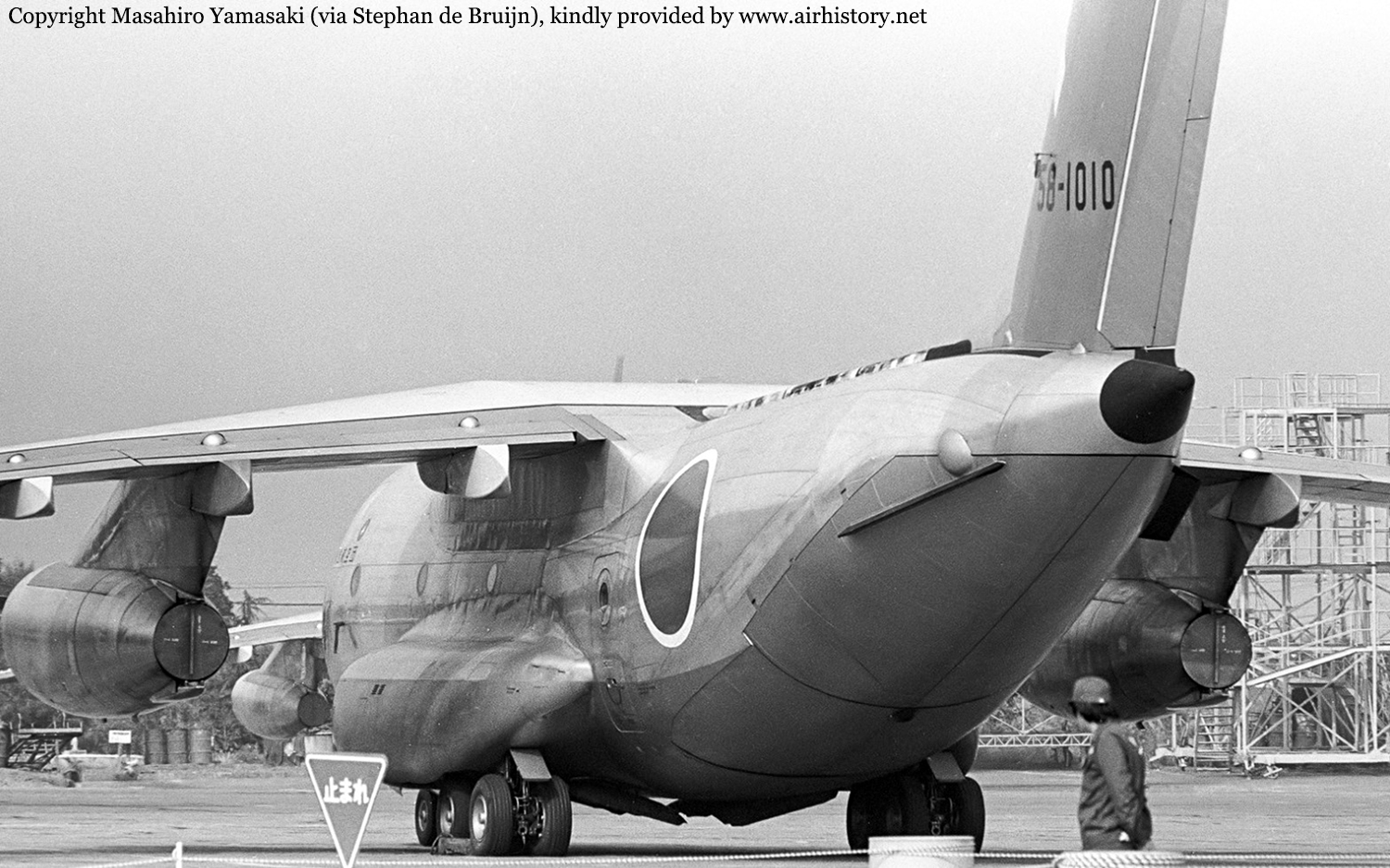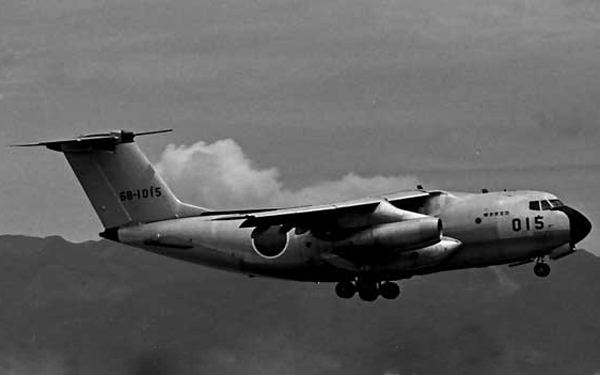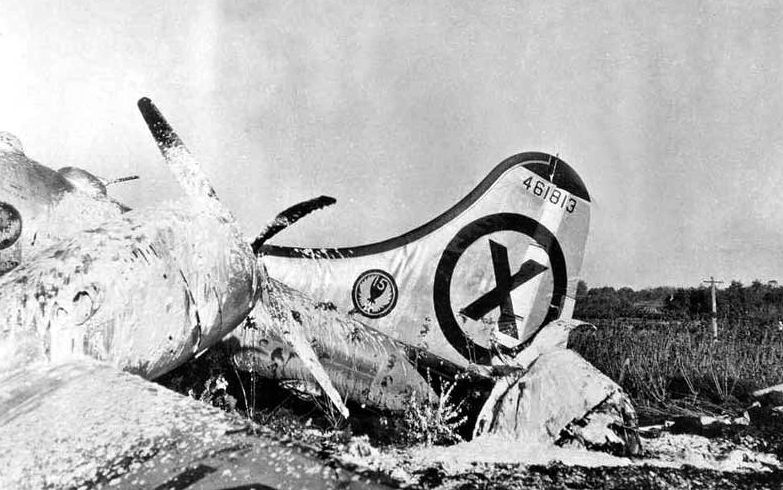Crash of a Kawasaki C-1 at Iruma AFB
Date & Time:
Feb 18, 1986
Registration:
58-1010
Survivors:
Yes
Schedule:
Iruma - Iruma
MSN:
8010
Crew on board:
7
Crew fatalities:
Pax on board:
0
Pax fatalities:
Other fatalities:
Total fatalities:
0
Circumstances:
During the takeoff roll at Iruma AFB in heavy snow falls, control was lost. The aircraft veered off runway, lost its undercarriage and slid for about 500 meters before coming to rest with its both wings torn off. All seven crew members were injured.





